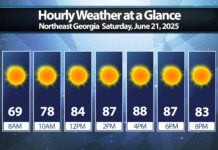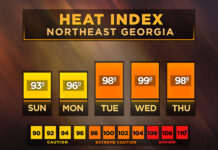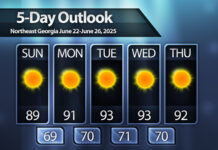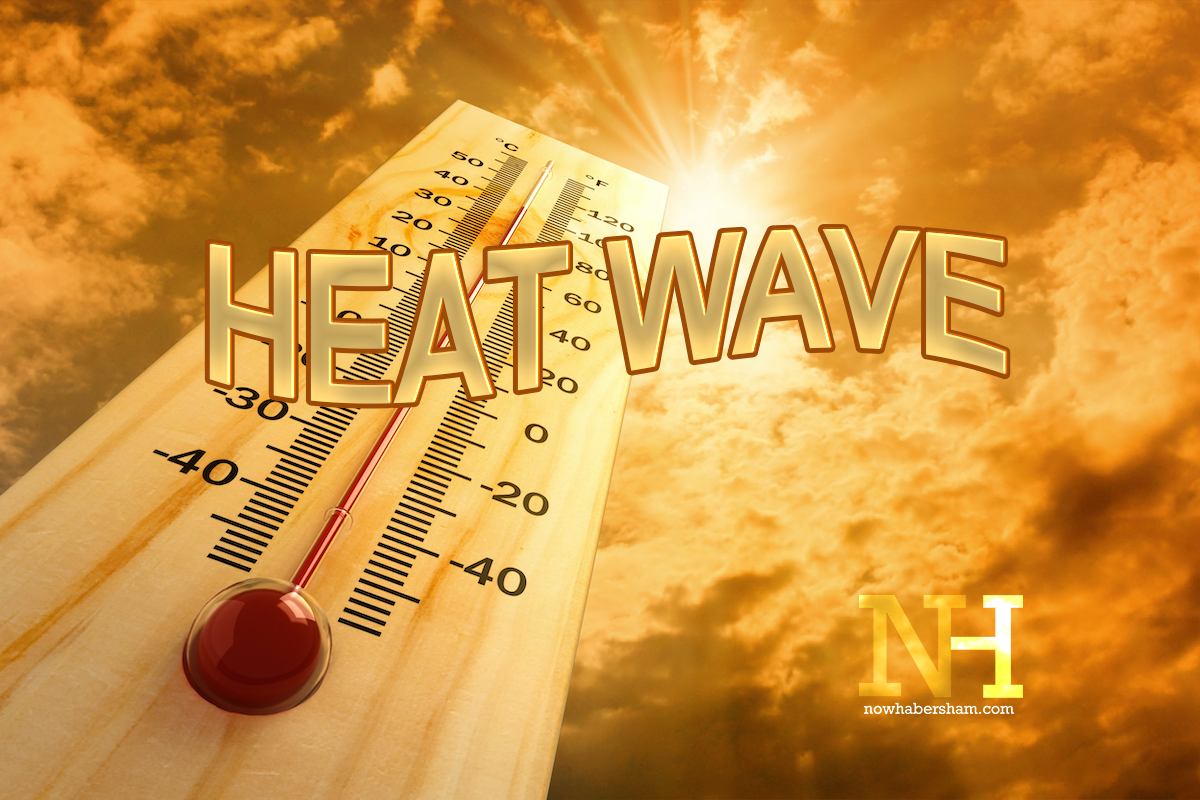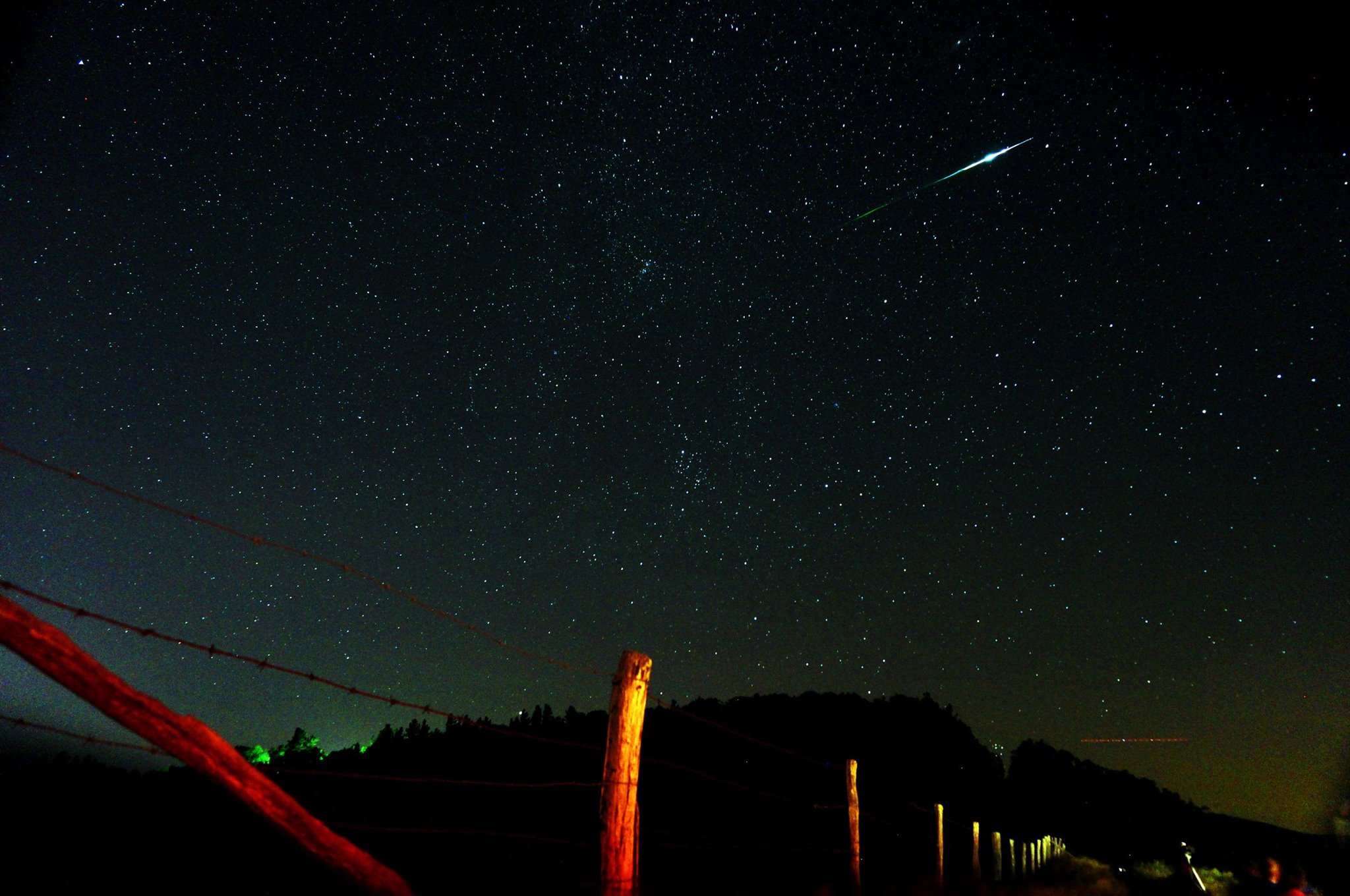
There are numerous meteor showers throughout the year, but one stands above all the rest: the Geminids. They are expected to peak across the Northern Hemisphere on Wednesday and Thursday nights, December 13 and 14.
The Geminids are a fairly new shower, first observed by R.P. Greg in Manchester, England, in 1862. During the first few years of its existence, the shower only produced a handful of meteors, but by the turn of the century, 20-30 meteors per hour were observed. Since then, the shower has continued to strengthen, with over 100 meteors per hour recorded regularly since the early 2000s.
I observed over 300 meteors in just three hours outside Dahlonega at the North Georgia Astronomical Observatory in the great shower year of 2014. That year, there was an extended period without moonlight which enhanced the celestial show.
A peculiar origin
The Geminid Shower is quite peculiar in its origin, which was not fully understood until 1983. That’s when astronomers found an asteroid that followed the same orbit as the observed meteors. This asteroid was eventually given the name 3200 Pantheon and is the only asteroid known to cause a meteor shower. The fact that this shower comes from an asteroid creates the numerous “fireball” (very bright) meteors that are observed.
The good news for 2023 is that it is an exceptional year to view this meteor shower. The moon is still new and won’t impact viewing. On top of that, clear skies are expected on Wednesday and Thursday nights during the peak, so we won’t be contending with clouds!
This year you should easily be able to see 40-60 meteors per hour from a dark sky site. The farther away from city lights, the better the show will be. In perfect conditions, over 100 meteors per hour may be seen, although most of these won’t be particularly bright.
Best viewing times
You should be able to see the meteors anytime after dark, but viewing will be good after 10 p.m. and even better after midnight.
The radiant in the constellation Gemini will reach its highest point in the sky around 2 a.m., which is when rates will peak. But don’t worry if you have to be up early for work and can’t stay out that late; you can still see plenty of meteors even as early as 8-9 p.m. thanks to the early sunsets.
If you do head outdoors to watch the meteor shower, bundle up – it’s going to be chilly. I highly recommend a sleeping bag and a beach chair that folds straight back to lie down on. It makes for a warmer, more comfortable viewing experience.

You don’t have to have a view of the radiant to see plenty of meteors, but the eastern parts of the sky will see the highest meteor count.
So, grab a coat or a sleeping bag and get outside to enjoy this spectacular event!

